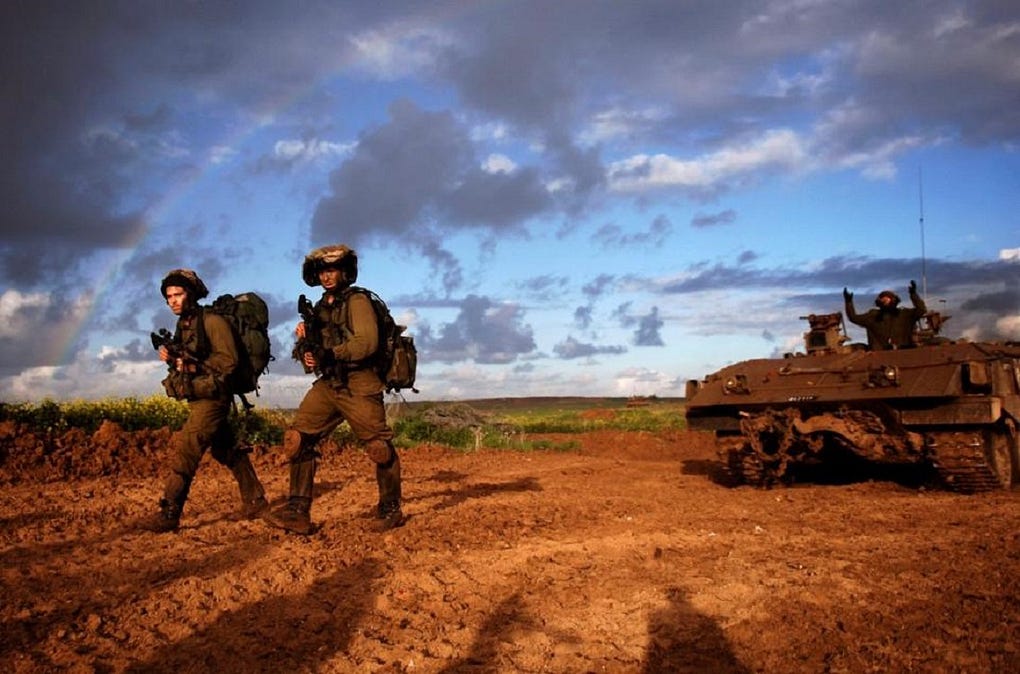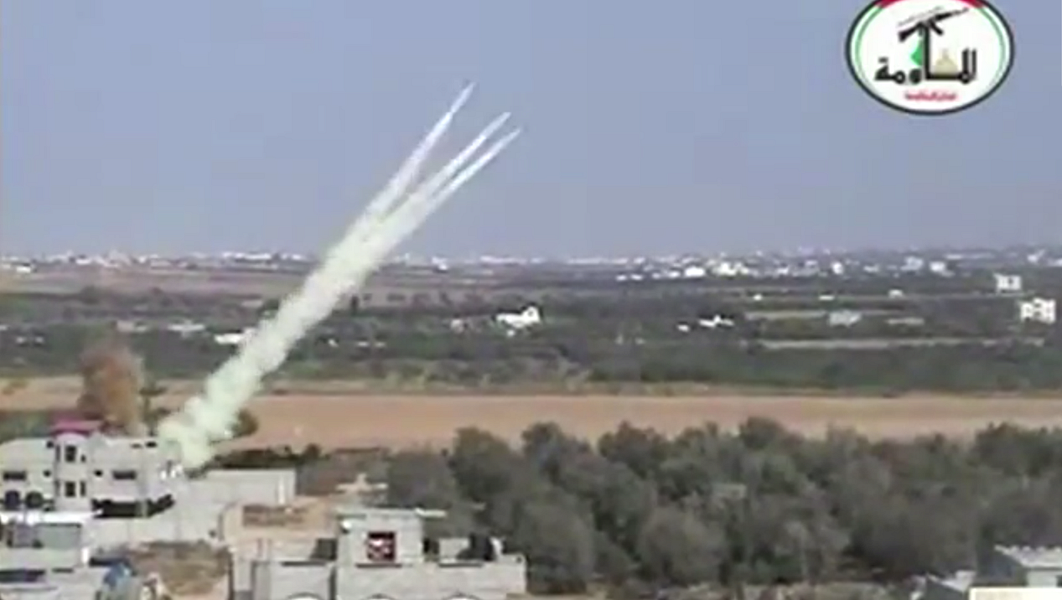The militant group is evolving
It’s been two months since the end of the summer war between Israel and Hamas. But if the results are anything to go by, Israel will have serious problems when the next war breaks out.
That’s the conclusion of a new analysis in CTC Sentinel, West Point’s journal of counter-terrorism. “Hamas’s evolution on the battlefield presentedserious challenges to the Israel Defense Forces,” writes former defense intelligence officer Jeffrey White, the report’s author.
“And, when combined with Israeli operations, [Hamas’ evolution] made the conflict the most costly in terms of casualties and damage to Gaza since Hamas seized power in 2007,” White adds.
Sixty-six Israeli soldiers died. Hamas wounded hundreds more. More than 2,000 Palestinians died. For Israel, it was a greater loss of life than the 2006 war with Hezbollah—a conflict widely perceived within the Israeli defense establishment as a failure.
And that was against an enemy many Israeli generals view as a greaterthreat.
But this is because Hamas is a “learning organization” that has managed to successively refine its fighting skills, according to White. This might seem like an obvious thing, but it has real implications as the conflict between Israel and Hamas repeats itself in deadlier and deadlier cycles.
Even though Israel killed hundreds of Hamas fighters, the militant group is now rebuilding its armed cadres and preparing for the next war. Further, Israel’s goal is to keep Hamas contained but not destroy it, as something worse could arise in its place. Hamas wants to destroy Israel and replace it with a Palestinian state, but has no ability to do so—and won’t for the foreseeable future.
 This makes small wars nearly inevitable, with Hamas evolving and improving its tactics and technology after each round.
This makes small wars nearly inevitable, with Hamas evolving and improving its tactics and technology after each round.
Israeli troops in September 201 At top—an Israeli Merkava tank in a hull-down position in September 2014. IDF photos
During this summer’s fighting, it was Hamas’s defensive small-unit tactics that showed a marked improvement, reflecting that it’s a well-disciplined and clever force. “Hamas fighters appeared more effective and aggressive than in past conflicts, surprising Israeli forces and coordinating fire,” White writes.
Hamas fighters did this by using a combination of machine guns, sniper fire, mines and 120-millimeter mortars aimed at kill zones—often unleashing the weapons after luring Israeli troops into ambushes. Israeli troops had a lot more firepower, but Hamas’s tunnel system allowed for its forces to move underground and escape Israeli retaliatory attacks.
The result is a defense shaped like an onion, with the inner layers absorbing the shock of the Israeli attack.
Israel focused heavily on destroying 32 tunnels, which Hamas also used keep its troops hidden from Israeli jets—and for launching offensive raids. But for Israel to accomplish this, its troops had to contend with up to 21,000 Hamas fighters divided into six combat groups.
Each Hamas group controlled its own tunnels and provided for their upkeep. This also provided familiarity, and gave Hamas brigades the flexibility to make tactical decisions on their own.
But some of Hamas’ hardware ran into problems. During the 2006 war with Hezbollah, Russian-made anti-tank missiles inflicted shockingly heavy losses on Israeli tanks. In response, the IDF rushed the vehicle-mounted Trophy defense system into service, which uses radar to detect incoming missiles before spraying out balls of metal, prematurely detonating them.
The decision appears to have stopped Hamas’s own missiles from knocking out any tanks. If there’s another war with Hezbollah, this should also keep Israeli tanks in action—provided the group hasn’t developed a way to defeat Trophy.
But as White notes, Israel also still relies on older U.S.-made M-113 armored vehicles to move soldiers. The 1960s-vintage tracked vehicles proved lethally vulnerable to RPG fire—just as they did in the Vietnam War. “Overall, Hamas’s forces performed relatively well in the ground fighting,” he writes. “Resistance to Israeli ground forces was skillful, adaptive, and conducted coherently.”
Hamas’s offensive tactics are a different story. Hamas demonstrated well-schooled rocket tactics, using a mix of short-range, mid-range and long-range rockets while controlling the intensity of fire—all the while moving them under concealment.
But Israeli homes, schools and businesses are fortified with air-raid bunkers. Civil defense apps warn people of incoming fire. White keenly underplays the effectiveness of Israel’s Iron Dome rocket interceptors—at best it limiting the rockets’ damage.
The main effect of the rocket fire—aside from killing seven people and temporarily disrupting Ben Gurion Airport in Tel Aviv—was rallying the Israeli public into supporting the war. Hamas’s also had mixed success with its offensive tunnels that bore into Israel.
“Israel’s system of security fences, surveillance and patrols was generally effective in countering the infiltration actions,” White notes. “But the attempts inflicted casualties on Israeli forces and contributed to the sense of insecurity among the border settlements.”
But for Hamas, this is acceptable. The group is also going to refine and improve its tactics for the next round of fighting. The Israeli navy has already detected new rocket launches into the Mediterranean—a way for Hamas to test its indigenous-produced rockets without triggering an Israeli counter-attack.
“We don’t expect war to be initiated against us in the coming year, but there could be a deterioration as a result of specific events,” IDF chief Lt. Gen. Benny Gantz told Haaretz.
The next conflict might be against Hezbollah. On Oct. 8, Hezbollah mortar fire wounded two Israeli soldiers, which prompted an Israeli barrage. But another war also depends on what happens in Syria, as Hezbollah is busy fighting the Nusrah Front.

No comments:
Post a Comment